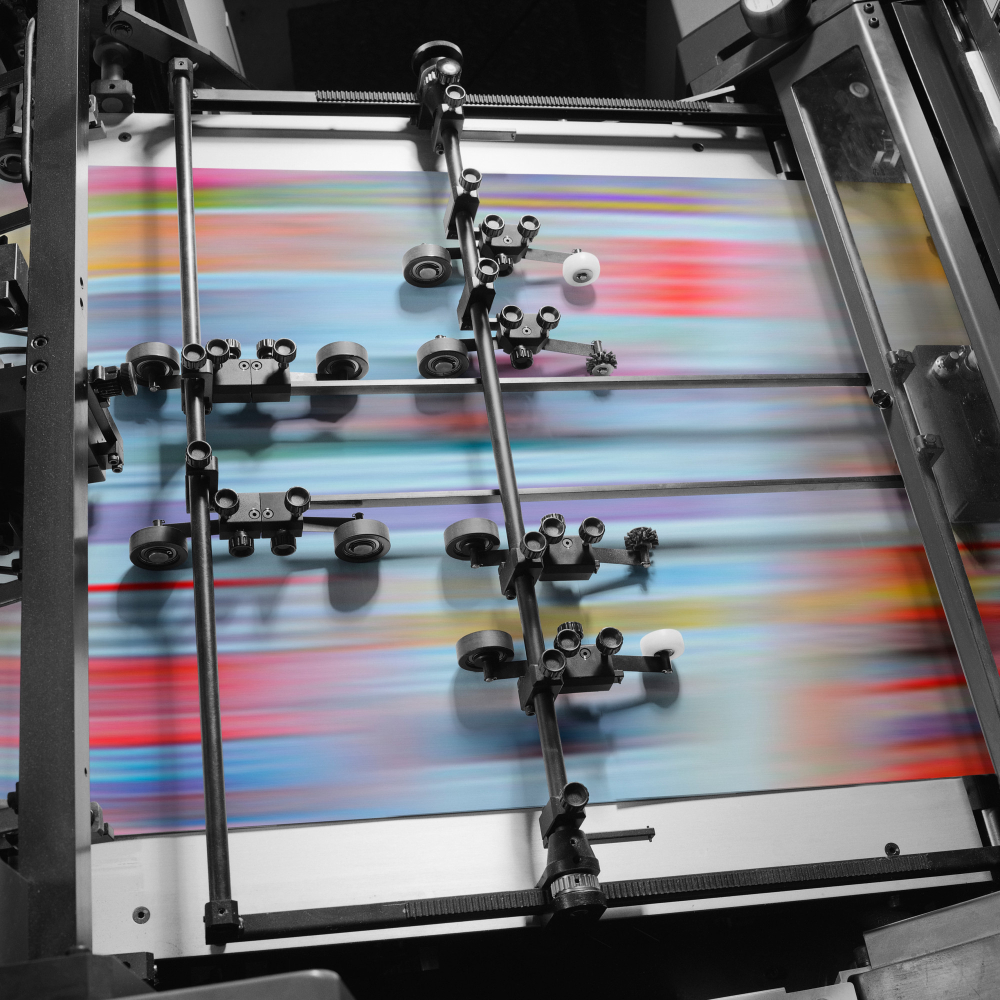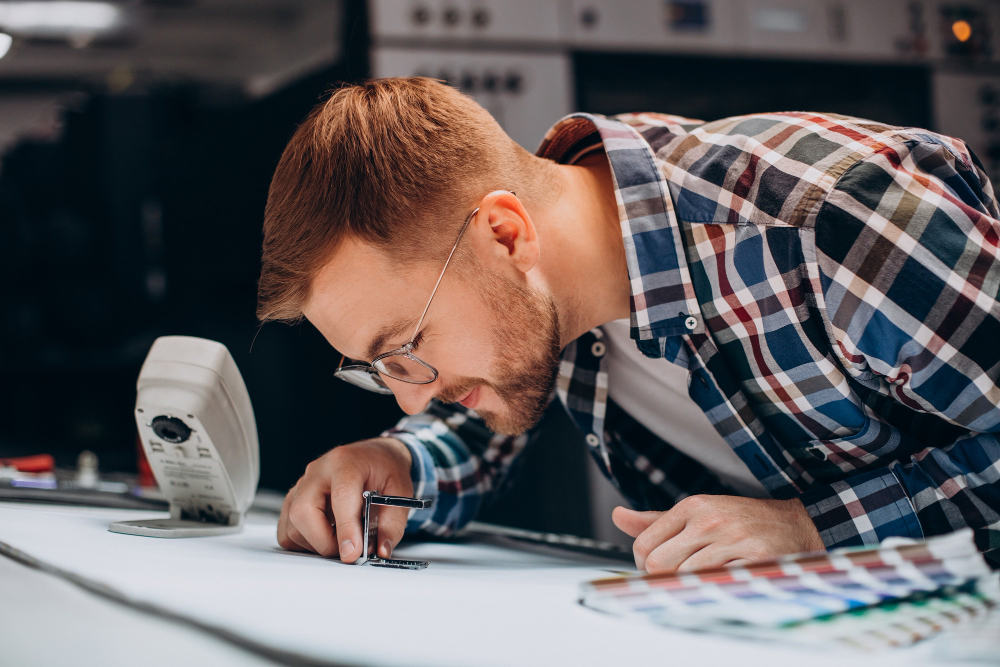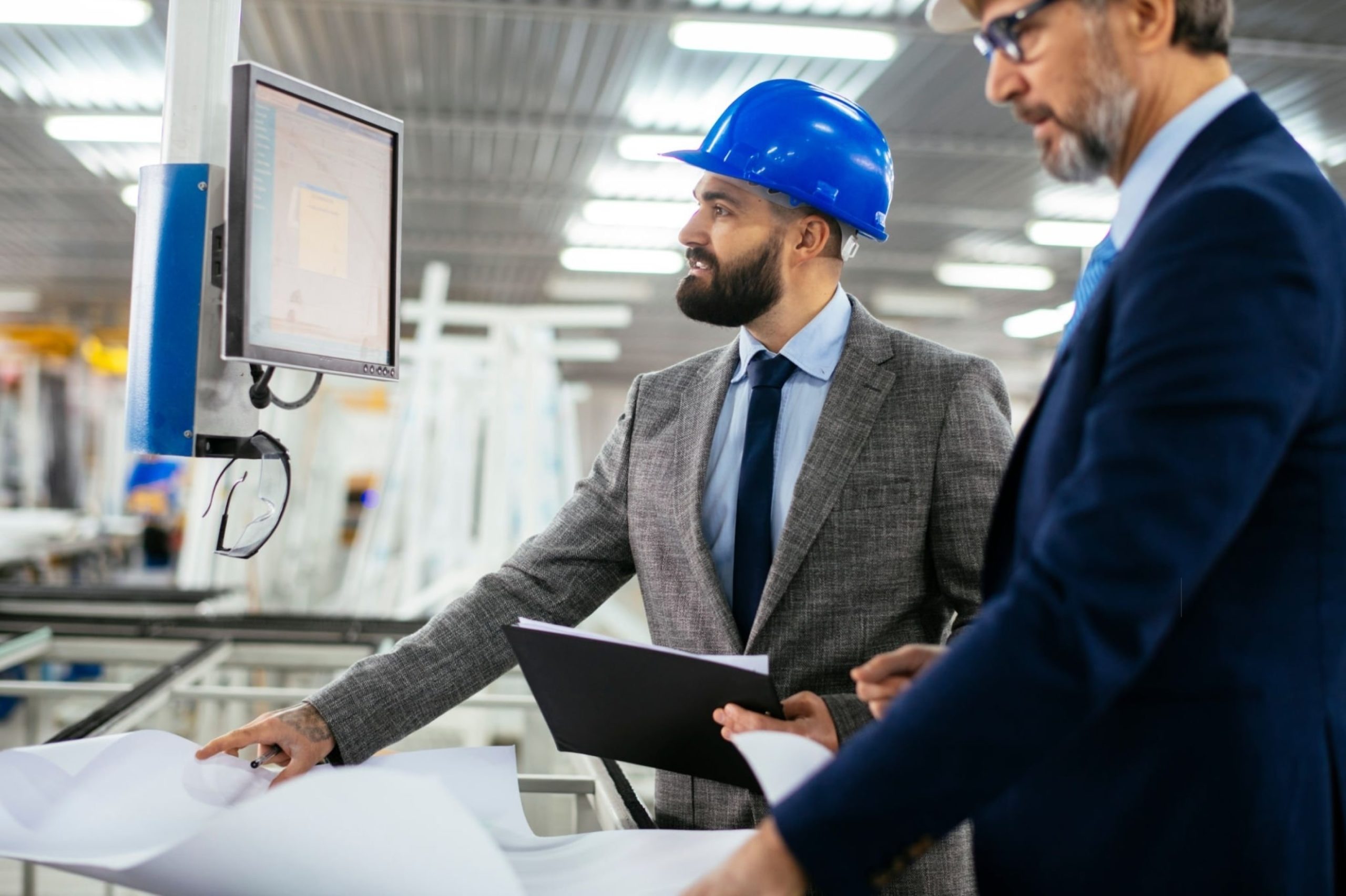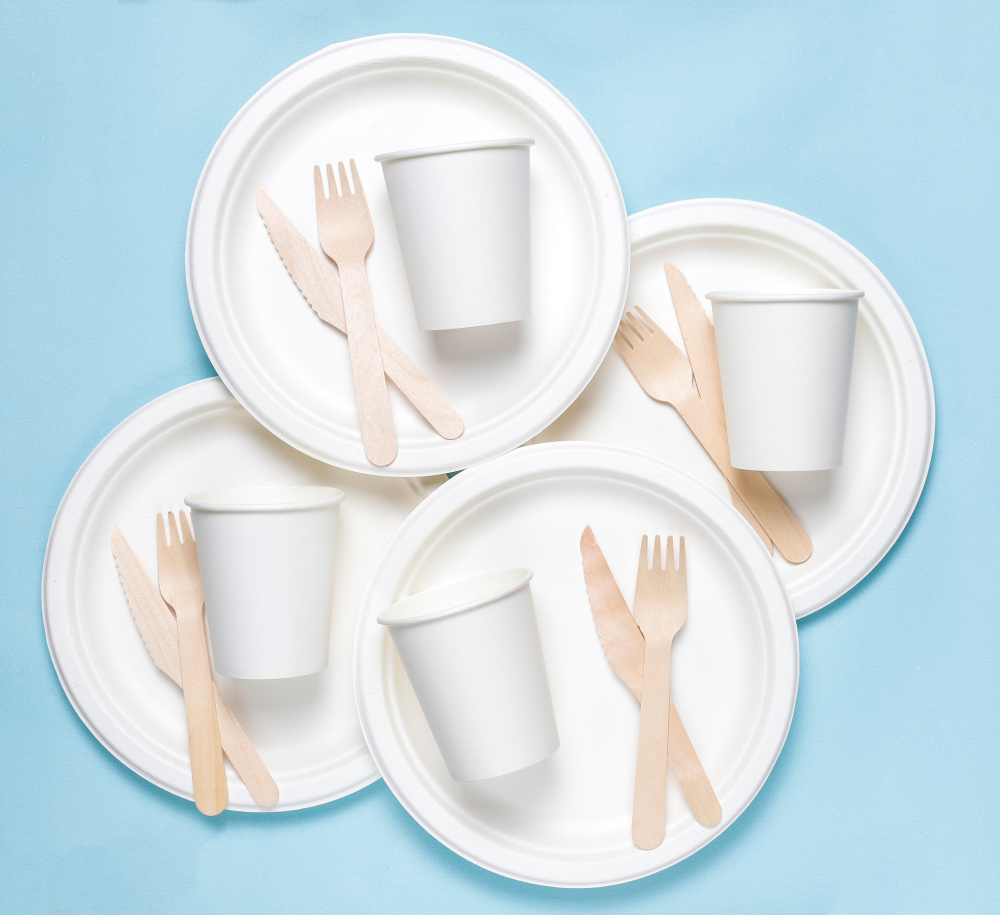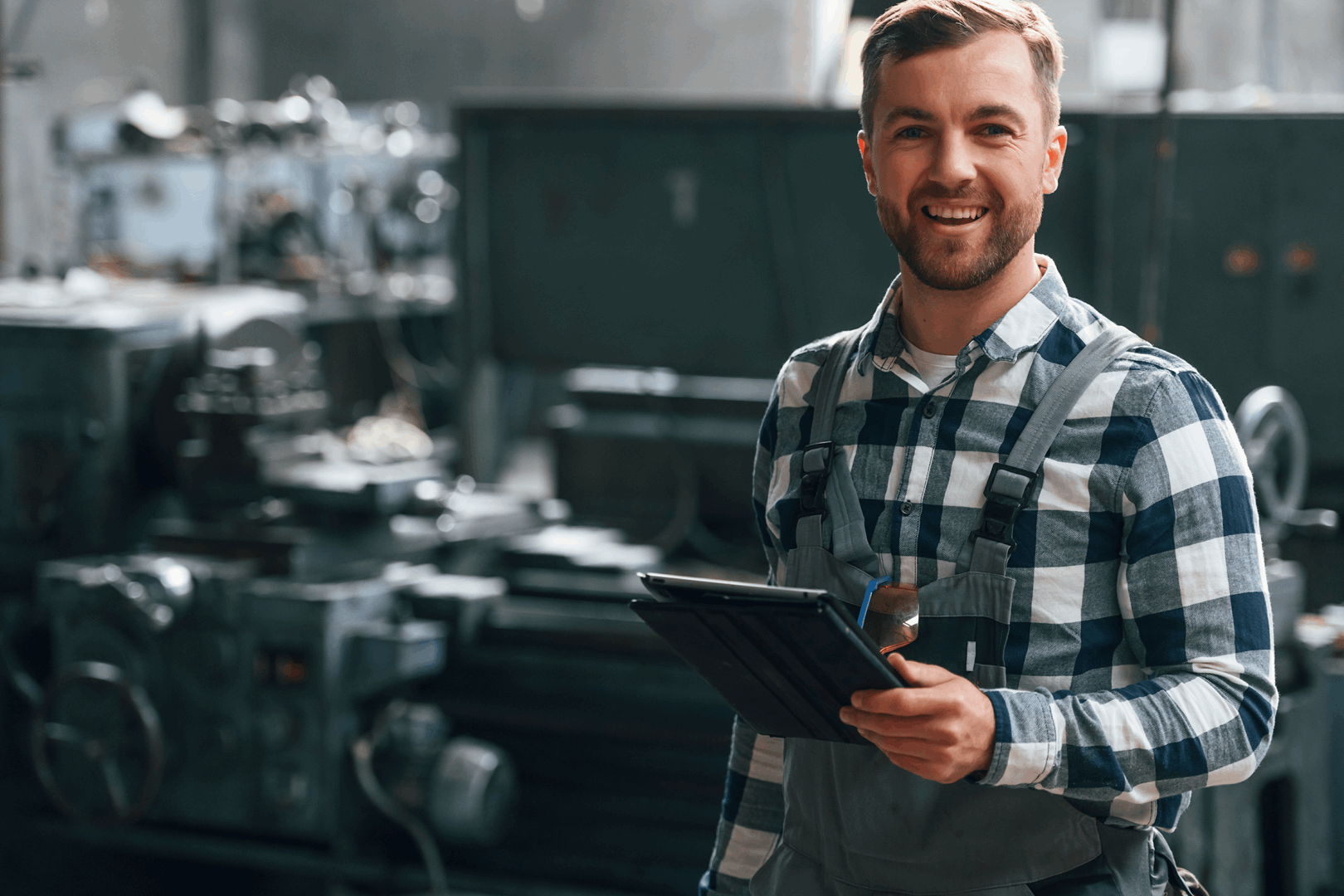What is the cost of printing on a flexo printing machine?
What is the cost of printing on a flexo printing machine?

The cost of printing on a flexo press varies depending on several different factors. These factors range from production quantity, materials used, job complexity and machine maintenance. Below you can find the main factors that affect the cost of printing on a flexo printing press:
- Raw Material Costs
- Ink: The type and amount of ink used in flexographic printing is an important factor affecting the cost. Different types of inks such as water-based, solvent-based, and UV-based have different prices.
- Printing Material: The material to be printed on (paper, plastic film, foil, etc.) affects the cost. The prices of different materials vary, and some materials can be more expensive.
Example: If paper is used as a material, it may generally be lower in cost, but plastic or metallized materials may be more expensive.
- Machine Labor and Energy Consumption
- Labor: The labor costs of the operators of the flexo printing machine can increase costs depending on the production time and machine usage.
- Energy Consumption: The energy required to operate the printing machine, especially in large machines, can be a significant cost factor. Electricity consumption is directly proportional to the efficiency of the machine.
- Printing Quality and Challenges
- Printing Complexity: Color printing, special effects, or detailed designs can make the printing process more complex and may require more ink, time, and labor.
- Printing Speed: High-speed printing can be more efficient, but it may also increase maintenance and spare parts costs for the machines.
- Printing Plates and Spare Parts
- Printing Plates: The printing plates used in flexo printing (photopolymer plates) are typically single-use and may need to be reproduced for each new printing job. The cost of these plates adds an extra cost per print.
- Spare Parts: Anilox rollers, printing plates, and other machine parts can wear out over time. This is another factor that affects costs.
- Maintenance and Repair
- Maintenance Costs: Flexo printing machines require regular maintenance. These maintenance needs ensure that the machines work efficiently and have a long lifespan, but they can also increase maintenance costs.
- Emergency Repairs: Machine breakdowns and emergency repairs can also result in unexpected costs.
- Efficiency and Waste Management
- Waste and Defective Production: Defective products or waste generated during the printing process can increase costs. Efficient production processes can minimize waste and reduce costs.
- Defective Printing and Cutting: Material losses resulting from defective prints or transitions in production can reflect on the overall costs.
- Printing Size and Batch Quantity
- Production Batch: Small batch production usually leads to higher unit costs. However, large-volume production can reduce unit costs.
- Printing Area: Printing on large areas may require more ink and longer machine usage.
- Complexity and Extra Features
- Special Effects: Additional processes such as hot stamping, embossing, and varnishing can increase printing costs.
- Number of Colors: Each color adds cost by requiring a new printing plate and ink mix. This can increase costs in multi-color printing.
The printing cost in flexo printing is influenced by a range of factors such as the type of materials used, the cost of the printing plate, labor, energy consumption, maintenance, waste management, and the complexity of the printing process. To optimize costs, unit costs may decrease as production volume increases, but balancing production quality and efficiency is also important.













